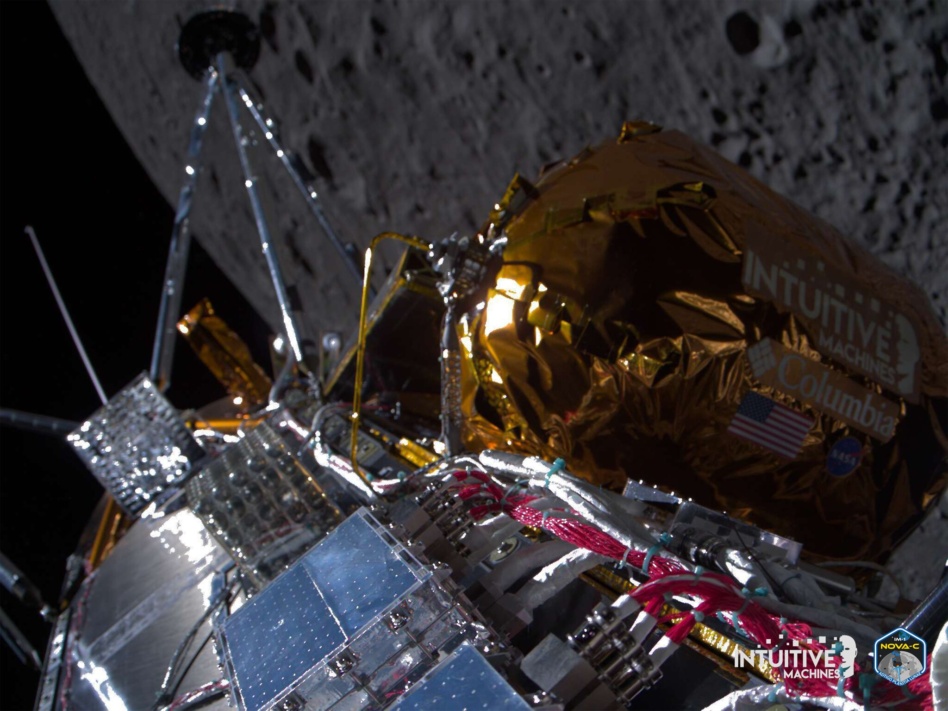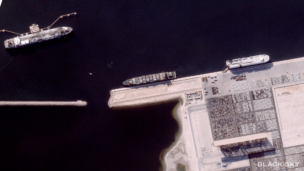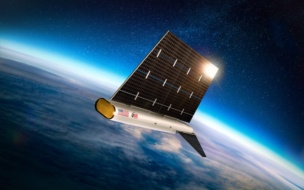NASA awarded Intuitive Machines ($LUNR) a long-term contract potentially worth $4.82B to develop, launch and operate a five-satellite communications and navigation network around the Moon.
The network will enable constant connectivity with the Moon’s south pole as traffic picks up there, first for landers and rovers, and then for crewed missions as part of Artemis. The contract builds on the company’s manifest, which includes three NASA-funded robotic lander missions under the Commercial Lunar Payload Services (CLPS) program, with another expected to follow.
“We were in a strong position with a ground network, and with the ability to rideshare and bring satellites with us [on] this regular cadence of missions, we could deploy a constellation of satellites around the moon,” Steve Altemus, the company’s co-founder, president, and CEO, told Payload.
How it works: Intuitive Machines will initially receive ~$150M in development funding to get the satellites working, followed by a service contract not unlike the one for your mobile phone: “We sell minutes on the network, something like a million minutes a year, to NASA for data transmission and navigation services,” Altemus explained.
Intuitive Machines expects the first spacecraft to launch on IM-3 next year, with two more on IM-4 in 2027, and the final satellites on a fifth lunar mission for which the company expects to win NASA funding.
IM is hunting for a satellite bus manufacturer that can handle the propulsion requirements for maintaining lunar orbit, with plans to build the radio and positioning payloads itself.
Behind the scenes: Ever since winning their first lander task order through CLPS, IM has been thinking about lunar comms. It built out its own federated ground station network by partnering with existing radio operators to support the company’s landers.
With NASA’s space communications networks already strained ahead of the expected increase in lunar activity, the agency turned to private providers for help. NASA will follow this contract for data relay with awards to build out a separate ground segment and provide comms beyond the Moon; IM has bid on those as well.
With this contract, a NASA award in April to develop a Lunar Terrain Vehicle, and its slate of lander missions, Altemus said his company has a tripod foundation for its vision of a lunar economy, with access, data, and infrastructure—”all three now have anchor contracts that allow us to participate and build out the skeleton of a lunar economy and to see that business come alive.”
Bumping elbows: There are just six orbiters zipping around the Moon from the US, India, China, and South Korea. Despite being fairly empty—Soyoung Chung, a researcher at the Korean space agency, said in July that her country’s orbiter had been involved in 40 conjunction warnings since arriving in 2022.
“We’re certainly going to have to think about, as it gets more crowded up there, how are we managing the traffic model around the Moon?” Altemus said. “And you know what, that’s a first world problem.”



